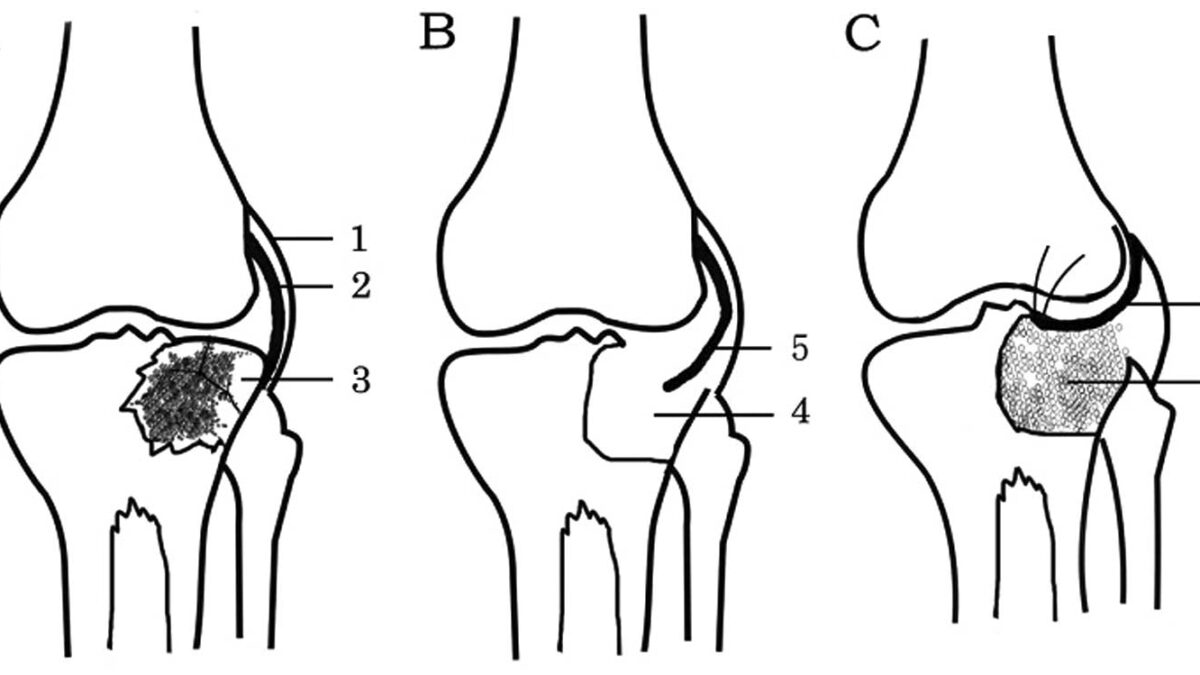SUMMARY: Bone debridement is a very effective procedure in treating wounds when done correctly. Patients will also get aggressive care during the entire process until the bone is clear of any infections.
What is Bone Debridement: Overview, Benefits, and Expected Results?
Bone debridement is a surgical process for removing skin and bone surrounding infected wounds resulting from bone diseases and injuries. A surgeon will remove multiple skin layers, the subcutaneous layer, affected muscles, and any other foreign object subjecting the wound to further infection. Bone debridement is purposefully intended to promote rapid healing of the healthy tissues around the bone.
Bone debridement classifications
- Excisional debridement
This process involved the extraction of tissue margins surrounding the wound, whether necrotic or living. This process is extensive and can remove tissues in the deepest skin layers or even the bone.
- Selective debridement
Selective bone debridement is where viable or living tissues are not removed, and only the necrotic tissues are extracted.
- Non-selective debridement
Non-selective debridement involves gradual removal of necrotic tissue and does not require a physician to perform the process.
When is debridement recommended?
- When wounds from accidents, trauma, or bone fractures heal slowly, such fractures usually break the skin and lead to continuous bleeding or hematoma. For severe fractures that may need bone grafting, debridement surgery is required to clean the infected parts for grafting to be done.
- To treat patients with an osteomyelitis diagnosis. This condition results from infections that cause inflammation of the fractured bones. Even though it is rare, it can quickly spread to the bone marrow since the staphylococcus aureus bacteria carry it.
- For patients diagnosed with benign bone lesions. Severe cases of benign lesions may require debridement for complete treatment and bone grafting.
- Diabetic individuals with open wounds on the limbs prone to infection may need debridement procedures. People with diabetes are predisposed to foot infections which need special and aggressive care to prevent amputation of the entire foot.
- Burn victims with severe injuries that need special treatment
Bone debridement works best for treating infected wounds when combined with intense antibiotic therapy. After the procedure, the wounds are left open, and thorough supervision is needed to ensure the surrounding parts are sterile with no infections.
Afterward, patients need plenty of rest with additional physical therapy to allow faster healing and improved limb function. The surgical regions may also need grafting to improve the appearance of the skin.
Performing debridement
For a wound to undergo this surgery, it needs to be wider than 2 cm, with possible fractures and injury to the surrounding muscles, vascular structures, and the peritoneum. Before the procedure, imaging will be required to analyze the bone structure to determine where the affected areas are.
A patient will be placed under anesthesia before bone debridement using an anti-tetanus injection. In taking out the necrotic tissues of the wound, the surgeon may take out part of healthy tissue to create a conducive healing environment.
Complications of debridement
While the whole process is complicated, patients are still exposed to some risk factors. One of them is the reaction to general or local anesthesia. Depending on how the procedure is handled, there is a risk for excessive bleeding and re-infection if the patient ignores post-surgery care. The wound needs to be sterile to counter any possible infections. Surrounding blood vessels may also be injured, leading to paralysis of the infected wound or immobility.


